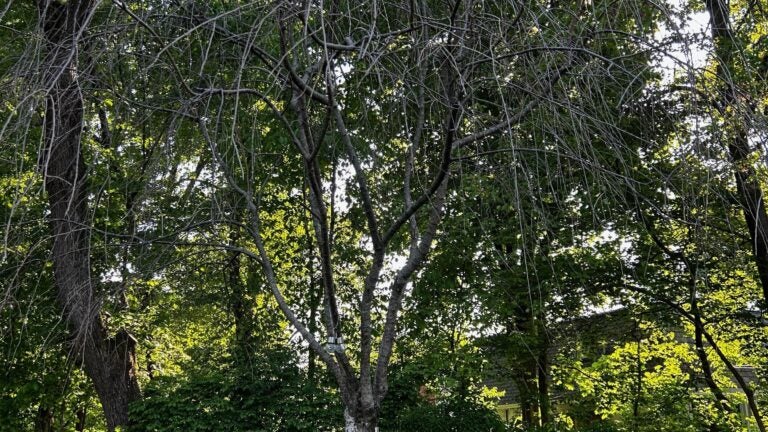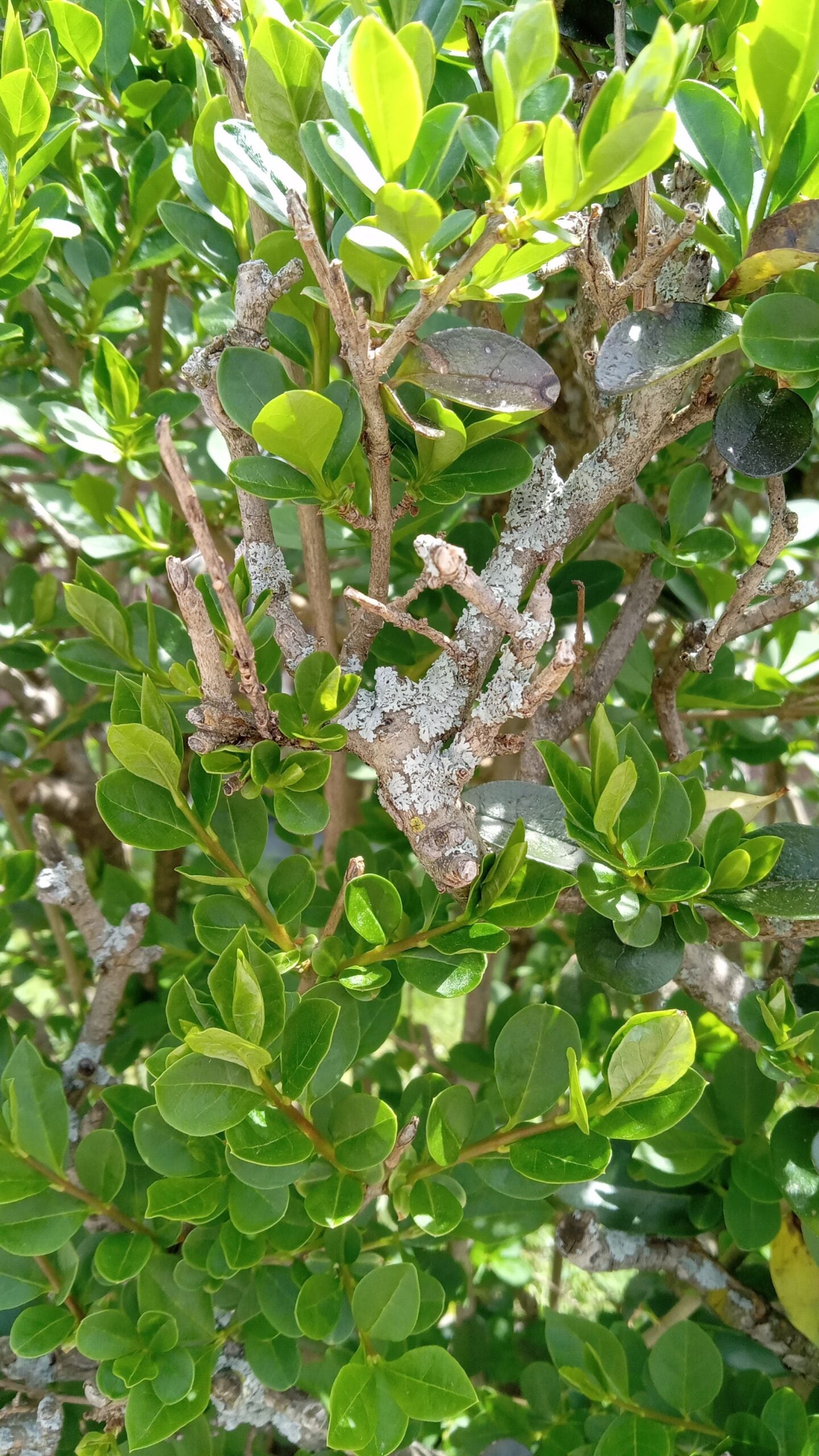Address newsletter
Get the latest news on buying, selling, renting, home design, and more.

By mid-June, most of the trees and shrubs in our gardens should be fully leafed out and showing new growth. Following the warmest winter in this region we can recall, most bigleaf hydrangeas (H. macrophylla cvs.) are fully leafed out and setting flower buds for spectacular blooms. Some trees and shrubs are slower to awaken from winter and may still be healthy even though they are not growing as vigorously as others. You should examine any not showing new growth for viability. A quick way to check is by scratching the bark with a fingernail or a knife to expose the cambium; a bright green color shows that part of the plant is alive, but a brown or dull green cambium color indicates that it is probably dead.
Q. The weeping cherry tree in my front yard did not bloom this year, and no leaves came out. Is the tree dead? Can I do anything to revive it? The tree is 15 years old, one of my favorites, and has bloomed every year until now.
S.M., Lexington
A. Your cherry tree is likely showing a delayed response to damage that occurred earlier. Try the above “scratch test” all the way down to the trunk. If you see no green cambium, it is unlikely to recover, unfortunately. Last year’s (2022-23) milder-than-normal winter temperatures prompted some woody plants, particularly those that bloom early in the spring, to start coming out of dormancy, beginning their growth progression too early. The sudden cold snap on Feb. 3-4, 2023, reportedly the lowest temperature Boston had experienced since 1957, may be the cause. Your cherry tree appeared to be fine last year, even though it was damaged, because it was calling upon all its reserves. Its normal appearance was probably also aided by our region’s frequent 2023 rainfall events, which far exceeded average totals.
In my yard, I was evaluating a new cultivar of Southern magnolia, (M. grandiflora), a species considered marginally hardy in Zone 6. Throughout 2023 it looked fine, but this spring it was dead; upon examination, I found a huge split on its trunk that I hadn’t noticed until it failed to grow this spring, damage likely caused by that February 2023 sudden cold snap.
Q. Our Asian curly willow is about 10 years old. It blossoms every spring for about two weeks, then suddenly drops its leaves and looks dead. Yet it comes to life once again in late June into July. What’s going on?
MIKE, Gloucester
A. There are many types of willows (Salix species and cultivars), and they are some of the most resilient of all the trees and shrubs that grow in this region. But willows are typically susceptible to many environmental challenges, both insects and diseases, and problems can be especially noticeable during wet spring weather. If this leaf drop happens every year, a fungus is likely involved. My best management advice includes ensuring plenty of air movement around the plant and removing all the fallen foliage and stems beneath to discourage future infection. I prefer proper cultural practices over chemical treatments, but applying a fungicide also could be beneficial. Here’s the link to a page on the University of Massachusetts Amherst website, which may help you identify the pathogen: UMass Extension’s Professional Management Guide for Diseases of Trees and Shrubs.
Q. Please identify the problem with this privet branch and how to cure it.
G.S.H.

A. The grey-blue patches on your privet stems appear to be a lichen, which by itself isn’t harmful to your plants. Lichen is an opportunistic symbiosis of fungi and algae that thrives in shady, moist environments; it can form and grow on most any surface, including trees, rocks, concrete, and even metal when the conditions are right. If you must, you can remove the lichen by rubbing it off or applying a copper sulfate fungicide, following the directions on the label, but it may reappear.
The branch stubs in your photo also may be a sign that your privet’s health is compromised, perhaps by growing in too much shade or in an area with poor air drainage. If the appearance of the planting is bothersome, replace it with plants that perform better in this location. I suggest showing pictures of your yard to a horticulturist at your local garden center and asking for advice specific to your site.
Please continue sending me your questions. Including an image that shows what you are inquiring about is always helpful.
R. Wayne Mezitt is a third-generation nurseryman, a Massachusetts Certified Horticulturist, chairman of Weston Nurseries, and owner of “Hort-Sense,” a horticultural advisory business. In addition to serving as editor in chief for the Massachusetts Horticultural Society Leaflet, an electronically published monthly member newsletter, he chairs the Massachusetts Invasive Plant Advisory Group. Please send your questions to [email protected].
Get the latest news on buying, selling, renting, home design, and more.
Stay up to date with everything Boston. Receive the latest news and breaking updates, straight from our newsroom to your inbox.
Conversation
This discussion has ended. Please join elsewhere on Boston.com